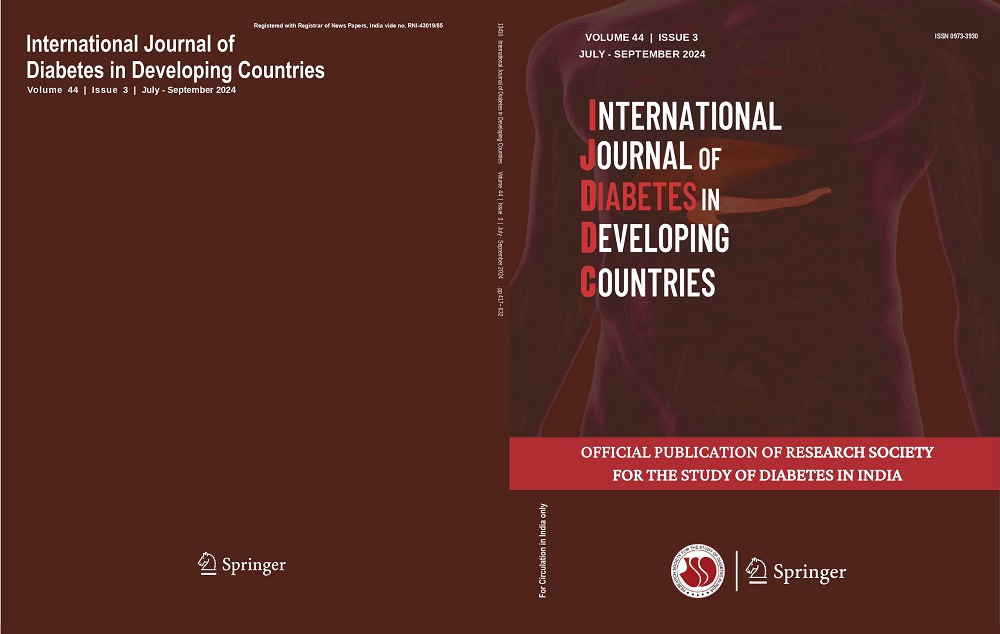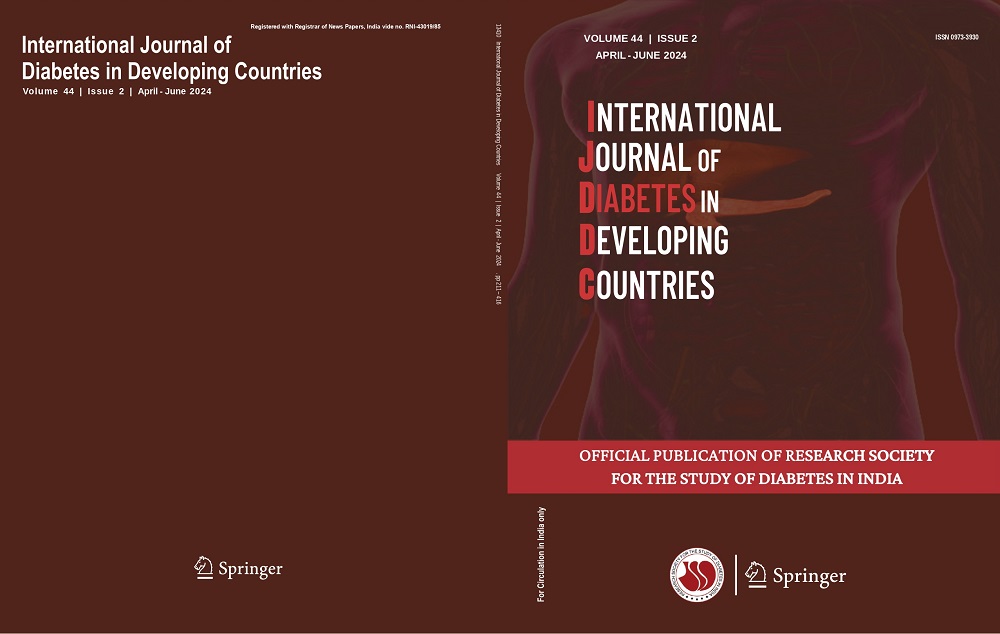Jing Tian, Shu-Mei Chen, Jing Nie, Ling-Jie Xu, Juan Xiao, Ying Li, Ze-Rong Liang
Keywords
Type 2 diabetes • Osteoporosis • Bone mineral density • Thyroid hormone
Abstract
Objective The objective was to investigate the association between thyroid hormone changes within normal range and bone mineral density (BMD) in patients with type 2 diabetes (T2DM).
Materials and methods A total of 661 T2DM patients with normal thyroid function were included in our study, and they were classified into three groups: normal group, osteopenia group, and osteoporosis group. One-way ANOVA was used to compare the differences in variables between the three groups. Pearson’s correlation analysis was performed to assess the association between clinical parameters and BMD, and multivariate logistic regression analysis was conducted to determine the potential risk factors for osteoporosis. p < 0.05 was considered statistically significant. Evaluation of the sensitivity and specificity of thyroid hormone by ROC curves to determine more reliable thresholds for experimental indicators.
Results The three groups showed significantly different population groups (male and female groups) (p < 0.05). Age, fasting blood glucose (FBG), and glycosylated hemoglobin (HbA1C) were higher in the osteoporosis group (p < 0.05). In contrast, body mass index (BMI), serum uric acid (SUA), and free triiodothyronine (FT3) were lower in osteoporosis group (p < 0.05). Thyroid peroxidase antibodies (TPOAb) and anti-thyroid globulin antibodies (TgAb) positive proportion was significantly higher in osteoporosis group. BMD of lumbar vertebrae was positively correlated with BMI, SUA, and FT3 (p < 0.05), while it was negatively correlated with age and FBG (p < 0.05). Multivariate logistic regression analysis indicated that TPOAb positive and TgAb positive levels were associated with an increased risk of osteoporosis (p < 0.05), while higher SUA and FT3 levels were associated with a decreased risk of osteoporosis (p < 0.05). The ROC curves demonstrated that FT3, FT4, and TSH had a good discriminative ability, with AUC values of 0.840, 0.602, and 0.522.
Conclusion The circulating concentration of FT3 was positively correlated with BMD. Maintaining normal and slightly higher levels of FT3 and SUA may prevent the reduction of BMD and the incidence of osteoporosis in T2DM patients.
Besides, T2DM patients with TPOAb positive and TGAb positive levels should be routinely checked for BMD to prevent osteoporosis development.




